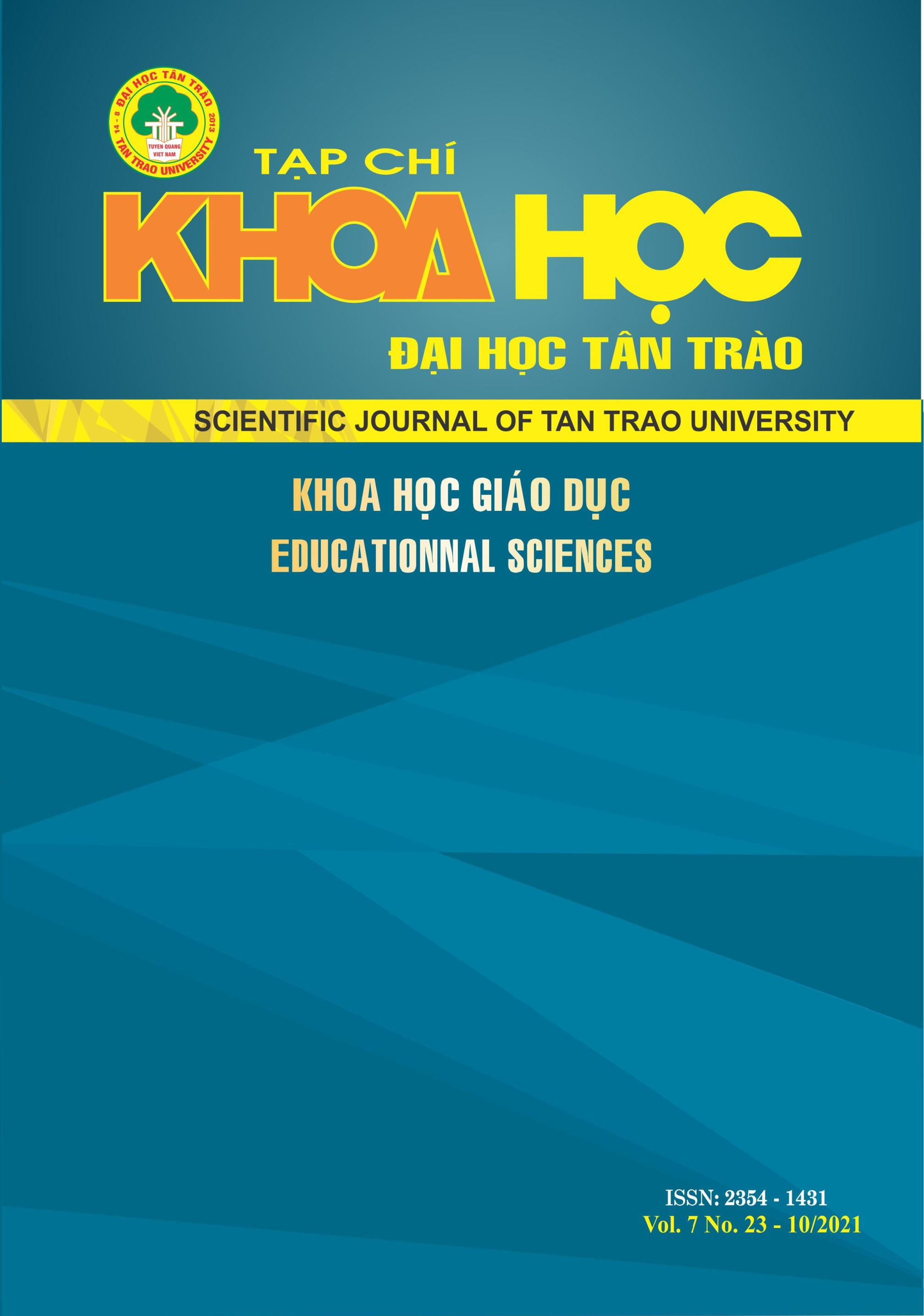FACTS, CHALLENGES AND SOLUTIONS ABOUT THE RELATIONSHIP BETWEEN ENTERPRISE AND HIGHER EDUCATION INSTITUTIONS
DOI:
https://doi.org/10.51453/2354-1431/2021/621Keywords:
Situation, challenges, solutions, results, enterprises and schools.Abstract
The dialectical relationship between enterprises and higher education institutions has not been clearly resolved both in theory and in empirical planning. Higher education institutions provide the employment world with a strong knowledge workforce but still fail to meet employer expectations. What is the cause?
The problem has a possible answer if and only when we can solve the reality and challenge of connecting educational institutions with businesses; having a synchronous solution, having a common voice on the link between educational institutions and enterprises in terms of training programs, testing and evaluation, building parallel training plans, ..to meet expectations. related parties.
Downloads
References
[1] Trinh, D. T. M. co-editor, (2012). Design and develop a training program that meets learning outcomes. Publisher of Vietnam National University. Ho Chi Minh.
[2] Duc, T. K. (2014). Education and human resources development in the 21st century. Vietnam Education Publishing House.
[3] Duc, T. K. (2015), Capacity and Creative Thinking in Higher Education, Hanoi National University Publisher.
[4] Cuong T. Q. (2009). Reasoning & method of teaching university, Hanoi National University Press.
[5] Hoat, D. V. (2013). Teaching theory of university, Hanoi University of Education;
[6] Khanh, N. C., Oanh, D. T. (2015). Textbook for test, assessment in education. Publisher of Pedagogical University;
[7] Loc, N. H. et al. (2014). Integrated training program: from design to operation. Publisher University of Education HCMC. Ho Chi Minh;
[8] Toan, D. V. (2016). University-business cooperation in the world and some suggestions for Vietnam. Journal of Science, Hanoi National University: Economics and Business, E32(4): 69-80.
Downloads
Published
How to Cite
Issue
Section
License

This work is licensed under a Creative Commons Attribution-ShareAlike 4.0 International License.
All articles published in SJTTU are licensed under a Creative Commons Attribution-ShareAlike 4.0 International (CC BY-SA) license. This means anyone is free to copy, transform, or redistribute articles for any lawful purpose in any medium, provided they give appropriate attribution to the original author(s) and SJTTU, link to the license, indicate if changes were made, and redistribute any derivative work under the same license.
Copyright on articles is retained by the respective author(s), without restrictions. A non-exclusive license is granted to SJTTU to publish the article and identify itself as its original publisher, along with the commercial right to include the article in a hardcopy issue for sale to libraries and individuals.
Although the conditions of the CC BY-SA license don't apply to authors (as the copyright holder of your article, you have no restrictions on your rights), by submitting to SJTTU, authors recognize the rights of readers, and must grant any third party the right to use their article to the extent provided by the license.


